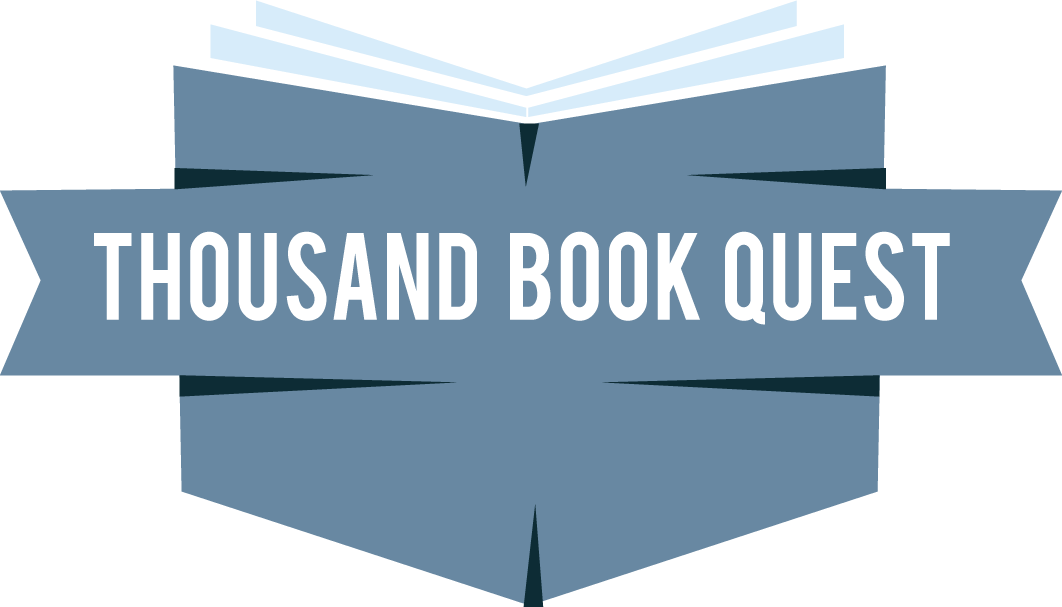564. The $64 Tomato
Rating: ☆☆☆1/2
Recommended by: Frank and Lisanne
Author: William Alexander
Genre: Non Fiction, Humor, Memoir, Environment, Food, Nature
304 pages, published March 2, 2007
Reading Format: Book
Summary
Bill Alexander writes about his struggles to create an ideal garden on the acreage that comes with a house he and his wife buy in the Hudson River Valley of New York. What follows is an adventure rivaling the Perils of Pauline.
Quotes
“Gardening is, by its very nature, an expression of the triumph of optimism over experience. No matter how bad this year was, there’s always next year. Experience doesn’t count.”
“The great, terrifying existentialist question: If you were doomed to live the same life over and over again for eternity, would you choose the life you are living now? The question is interesting enough, but I’ve always thought the point of asking it is really the unspoken, potentially devastating follow-up question. That is, if the answer is no, then why are you living the life you are living now? Stop making excuses , and do something about it.”
“Environmentalists blame the farmers for overdosing with pesticides, and the farmers blame the consumers for demanding blemish-free fruit.”
“One event is an anomaly, two is a coincidence, and three a pattern.”
“but I had set the precedent of declaring my preference for the solitary pleasures of gardening over social events.”
“Well, ah don’t weed; ah cultivate. (As it turns out, ah will cultivate a lot.) Whereas weeding evokes images of backbreaking labor, kneeling under a broad-brimmed hat while hand-yanking weeds into a basket to be dumped in a remote corner of the yard, cultivating suggests nurturing, caring for tender shoots, feeding, and raising. All of which you accomplish, of course, by kneeling and hand-yanking weeds into a basket to be dumped in a remote corner of the yard.”
My Take
The $64 Tomato was a very fun read. With acerbic and humorous anectdotes, author Bill Alexander brings to life his mighty struggles to create the perfect garden. This book confirmed my life long aversion to the big garden and made me happy with the few potted herbs and plants that I maintain along with the volunteers who populate our outdoor mountain area.
